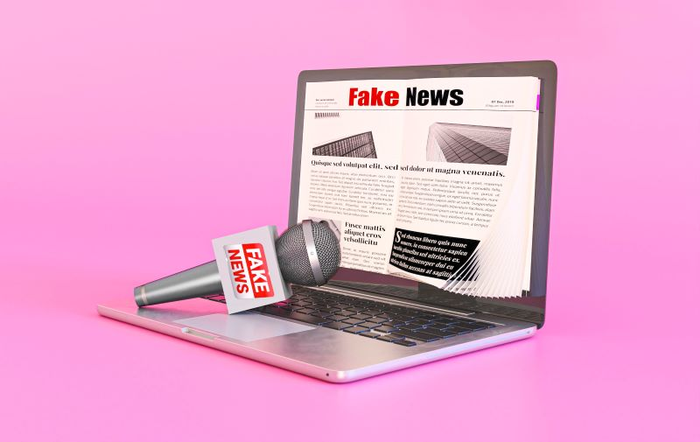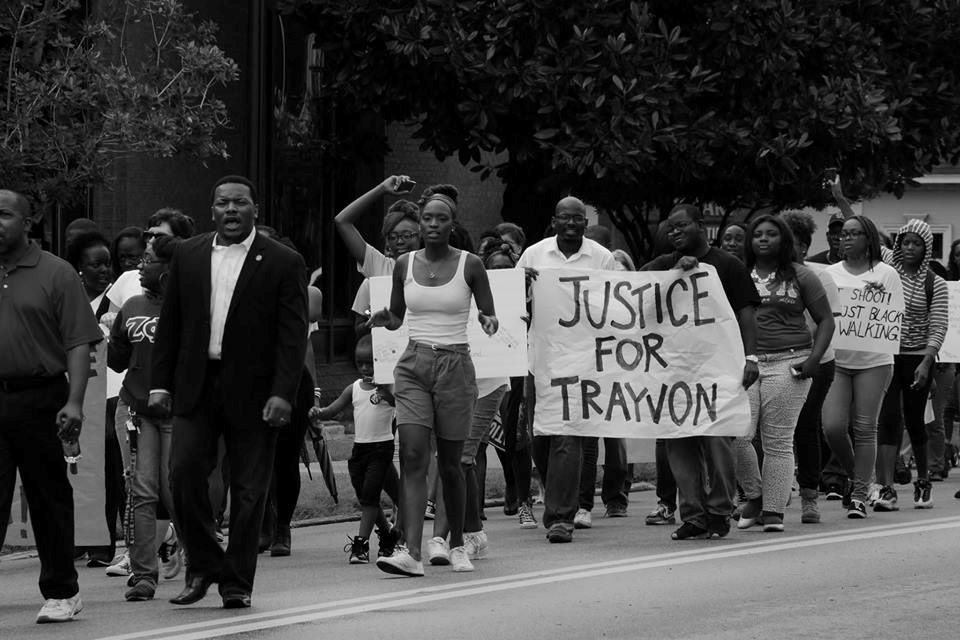Image by benzoix on Freepik
Over the years, the internet has grown from being a means to connect family and friends to an expansive network that offers limitless opportunities. The internet’s growth brought convenience, but also a dark side: the spread of fake news. Fake news, though not new, has become a much larger issue in the digital age. We are in an era where information is shareable via a single link. This information, whether real or fake, can travel around the world in seconds with just a click. Recent events around the world such as the COVID-19 pandemic, the Israel-Hamas war, and others have been plagued by a surge of misinformation and manipulated content.
What is fake news?
Fake news is any article or video containing untrue information disguised as a credible news source designed to manipulate people’s perceptions of real facts, events, and statements. It goes beyond simply being untrue, as it is deliberately created and spread to generate clicks for ad revenue. Fake news can take different forms:
- Fabricated stories: Completely made-up content disguised as legitimate news.
- Misleading headlines: Sensationalized headlines that are designed to grab attention, often misrepresenting the actual content of the article.
- Biased reporting: Presenting information with a slanted perspective, omitting crucial details to favor a specific agenda.
In recent years, the spread of fake news has increased, especially with the rise of different social media platforms. We are also experiencing information overload in this digital age. But, how much information is too much information? In today’s day and age, we have reached a point where we have an abundance of information available at our fingertips, it has become difficult to filter through the chaff. A WhatsApp message here, a Twitter trend there, and a new article posted on Instagram showing a celebrity’s lavish lifestyle. Sometimes, it is hard to tell what’s real and what’s fake.
A lot of people do not realize how harmful fake news can be. Beyond the immediate consequences, it has lasting effects on society. Some of the potential dangers include:
Danger to Health: Many of us can remember how different misleading contents were shared about the coronavirus and the vaccines. There are other fake and misleading stories related to health that have been spread online. Believing these stories could lead one to make decisions that may be harmful to their health.
Distrust in the Media: Fake news weakens public trust in established media and reliable sources, creating a society increasingly skeptical of all information.
Dangers to a Person or Company’s Integrity: Individuals or businesses targeted by false or defamatory information may suffer reputational damage as a result of fake news campaigns aimed at tarnishing their brand and eroding public trust.

Photo by Andrea Piacquadio
Prevalence of Fake News and Its Impact on Society
In the era of the internet, social media platforms have transformed the way information is disseminated. The vast reach and easy-sharing nature of platforms like WhatsApp and Facebook make them significant contributors to the spread of fake news. Individuals now can share content within seconds without verifying their credibility. How does this happen? Mr A gets a message and within seconds he is sharing it with all his contacts. Mr B gets this information and tweets about it and within a short time, it is blowing up. Misinformation can spread rapidly through shares, retweets, and reposts, reaching a wide audience within a short period. In another scenario, Jane stumbles on a news article while scrolling through her feeds, and without verifying its authenticity, she shares it with family and friends, who also continue the cycle.
Many people are unaware that fake news is subtly influencing their choices and actions. How much is fake news influencing our decision-making?
Christie has been exposed to some fake stories about Covid-19 vaccines. She heard that it affects fertility, a common and global myth that has been repeatedly debunked. This has resulted in her negating any factual information she comes into contact with, and has even decided not to take the vaccine.
Repeated exposure to misinformation can sway people’s perceptions, attitudes, and beliefs, leading them to make decisions based on this flawed information. For example, fake news can sway voters’ opinions and influence electoral outcomes. Misinformation about companies, products, and economic indicators can disrupt market confidence, trigger stock price fluctuations, and threaten economic stability.
What’s Being Done to Curb the Spread of Fake News?
The fight against misinformation is a never-ending war, with the overwhelming amount of falsehoods making it a difficult battle. In recent years, social media platforms like Facebook, X, and Instagram, which are fertile ground for the spread of fake news, have taken steps to combat the spread of misinformation and fake news on their sites. Some of the steps include:
- Partnering with independent fact-checking organizations to verify the accuracy of news stories and identify misinformation.
- Adjusting the algorithms to prioritize authoritative sources and downrank misleading or false content in users’ feeds and search results, to reduce the visibility and spread of fake news while promoting trustworthy and reliable sources of information.
- Implementing content policies and community guidelines to prohibit the dissemination of false or misleading information.
- Providing users with reporting tools to flag content that they believe is false or misleading.
- Adding labels or background information to content that could be misleading, allows users to make informed judgments about its accuracy.

Image by freepik
Identifying Fake News
Social media, online users, websites, and blogs are all part of the problem. The fake news is not distributed by itself. They are spread by regular internet users both intentionally and unintentionally. Some people just share whatever information they come across without realizing that they are promoting fake news. Sometimes, it is not so easy to spot, which is why media literacy is very important. Fortunately, there are several things you can do to avoid joining those who spread misinformation.
Assessing the Credibility of Sources: If you come across a story, especially from a source you’re not familiar with, do some digging. Is the source credible? Do they even exist? Do you know that people who spread fake news sometimes create web pages that look official, but aren’t? So, if you see a suspicious post that looks like it’s from a government organization for example, check the government’s site to verify that it’s there. Also, don’t just rely on a single article. Consider checking various sources.
Check the Author: Who is the author? Is it someone’s opinion or a fact? Dig deeper to find out if they are a credible author or even real. Most credible sites will most likely have a link to the writer’s details.
Read Beyond the Headlines: People can go overboard with the headlines to get clicks. Do not take a headline at face value. Read the whole story before deciding whether it’s real, fake, or just exaggerated.
Who else is reporting the news? Find out if known/reputable news sites are also reporting on the story.
Recognizing Doctored Images: Photo and video manipulation has been around since photography began. Modern editing software has made it easy for people to create fake images that look real. Watch out for these images that may be fake or digitally altered. This can be tricky, but a reverse image search on Google can be helpful. It should be able to tell you the photo’s origin.
Reputable Fact-Checking Websites and Organizations
Due to the increasing amount of fake news and misinformation online, numerous platforms on the web specialize in fact-checking and debunking inaccurate stories and claims. They include:
Fact Checker (Washington Post)
Becoming a Discerning Reader
With the rate at which information travels in today’s digital age, we all have a responsibility to ensure that whatever we share is accurate. By verifying the facts and sources of a piece of information, we can help stop the spread of false or misleading content that can lead to confusion, panic, and even public health crises if left unchecked.
Fact-checking before sharing encourages individuals to develop valuable critical thinking skills, making them better at judging information for themselves. By verifying information, you can make informed decisions based on truth, not falsehoods.
As you can see, fake news isn’t just a cyber threat; it poses a major threat to our overall security, from our personal lives to social interactions. Therefore, we all must do our part to curb it. Combating fake news and promoting a healthy online information environment begins with developing a critical mindset. You should question the reliability of facts even when they are from people you trust. Be sure of the facts before sharing, liking, or commenting on any article online. This way, we will be building a much safer world for all!





